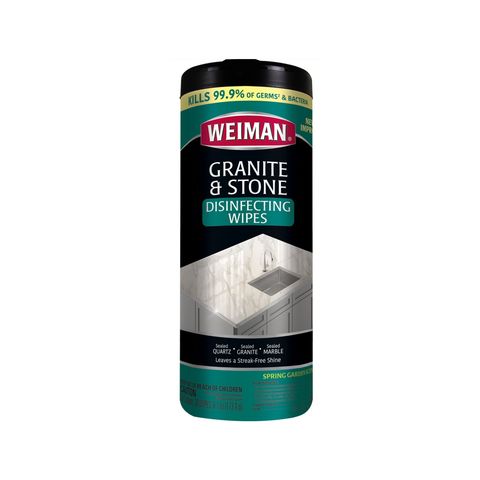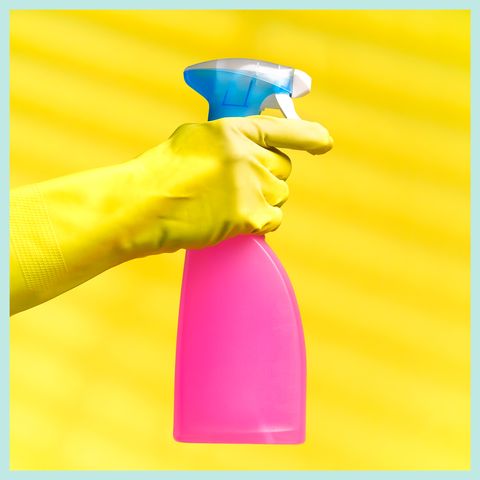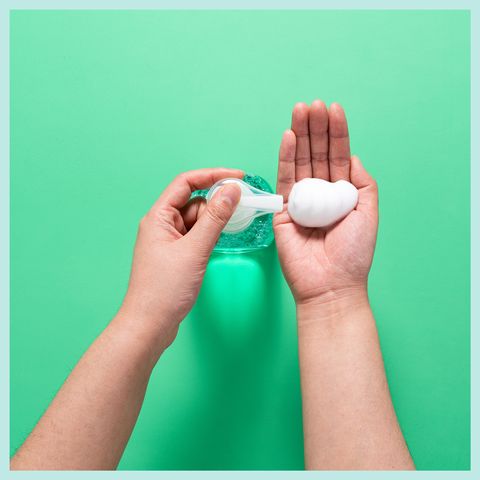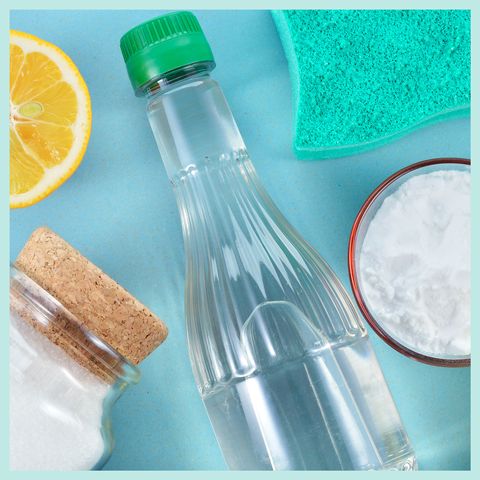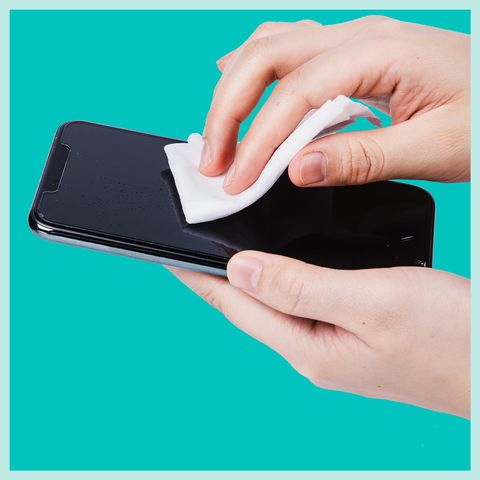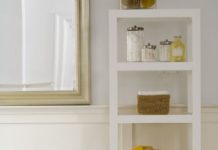While strategies for cleaning are aplenty, one way to take guesswork out of the equation is to stock products that are a one-two punch, like Weiman Disinfectant Granite & Stone Wipes. But you also need to know how to use them appropriately.
To squash the most common misconceptions around sanitizing and disinfecting, we consulted with resident cleaning expert Carolyn Forte, director of the Home Appliances and Cleaning Products Lab at the Good Housekeeping Institute to help us bust some cleaning myths.
Myth: Sanitizing is the same as disinfecting.
Though commonly used synonymously, cleaning, sanitizing, and disinfecting are three separate things, says Forte. According to the Centers for Disease Control (CDC), cleaning removes any visible dirt, dust, and debris from a surface by washing and rinsing, typically with soap and water, but it does not automatically disinfect.
Sanitizing mitigates the risk of illness by reducing of the bacteria identified on a product’s label.
And if you want to be truly thorough, you’ll need to disinfect, which kills most of the bacteria and viruses identified on a product’s label.
Myth: All cleaning products disinfect.
Check your products, says Forte. Read the fine print on the label closely. If you’re still not sure, look for the U.S. Environmental Protection Agency (EPA) registration number on the label, says Forte. Then, type that number into the agency’s database for specifics on what type of bacteria and viruses are in its crosshairs.
Myth: If a sanitizer or disinfectant is effective enough, it can cut through layers of dirt.
To adequately sanitize or disinfect a dirty surface, it needs a quick wipe down first. Always check the instructions on the packaging for specifics. Weiman Disinfectant Granite & Stone Wipes, for example, suggests cleaning (soap and water will do just fine!) any visibly dirty surfaces prior to disinfecting.
Myth: Plant-based cleaners don’t work.
When used properly, plant-based disinfectants can be just as effective as chemical cleaners—they just might work more slowly, says Forte. But, like chemical-based cleaners, not all formulas are created equally. Again, look for ones approved by the EPA and follow package instructions closely.
Myth: Vinegar can kill germs.
According to the CDC and NSF (a public health and safety organization), though vinegar is a suitable cleaner — remember, that means it’s adequate for removing anything visible from a surface — vinegar and vinegar-based cleaning products are not registered with the EPA as disinfectants. Furthermore, the effectiveness of these household solutions against germs and viruses hasn’t been proven. To ensure you’re properly disinfecting, opt for registered products instead.
Myth: A bleach and water solution can be used for days or weeks to disinfect.
So you’ve whipped up bleach and water solution to tackle all of those dirty spots in your home, but wound up with extra? Toss it. (You can safely dispose of these small amounts of bleach by pouring it down the sink while the water runs.) “A fresh solution needs to be made each time you want to use it,” says Forte. “Once mixed with water, bleach loses its effectiveness after about a day.”
Myth: Disinfecting products work instantaneously.
Proper disinfecting takes time. No matter what product you use, it’s essential to check the product directions for how long hard, non-porous surfaces must stay wet for the most effective germ killing, says Forte. Weiman Disinfectant Granite & Stone Wipes, for example, kill 99.9 percent of germs and bacteria touted on the label, including Influenza A Virus H1N1 and Respiratory Syncytial (RSV)—but only if the surface in question remains wet for four minutes.
Myth: Soft surfaces, like pillows and upholstery, can be disinfected.
“Disinfectants work only on hard, non-porous surfaces,” says Forte. “Many are safe to use on soft surfaces and do kill germs, but they sanitize, not disinfect.” Remember: Sanitizers do reduce your risk of exposure, but not as thoroughly as disinfectants do.























